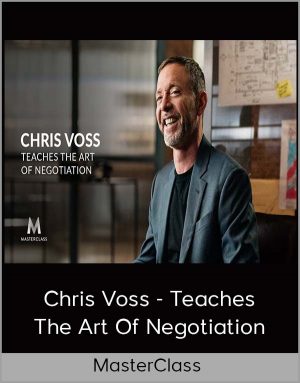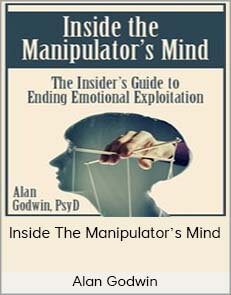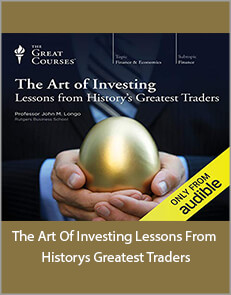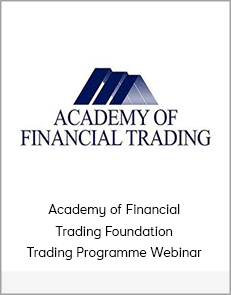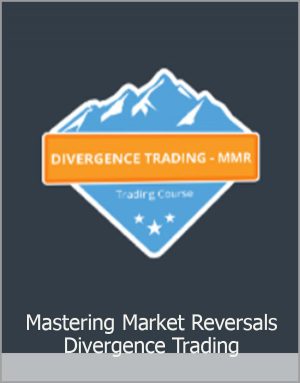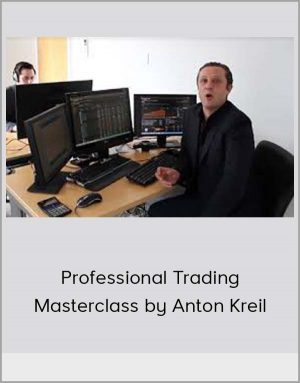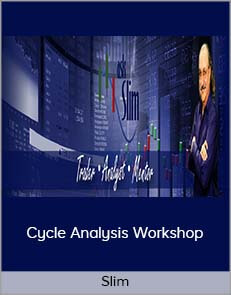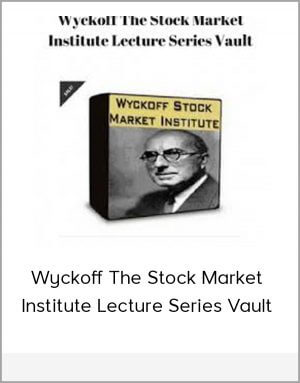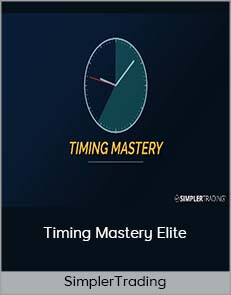The Art Of Investing Lessons From Historys Greatest Traders
$25.00
You can ‘t beat the market. And while this is great advice for the average investor looking to secure their retirement, these rules aren ‘t as hard and fast as the experts may want you to think. History has shown us there are plenty of individuals who beat the market and beat it consistently.
The Art Of Investing Lessons From Historys Greatest Traders
Check it out: The Art Of Investing Lessons From Historys Greatest Traders
Stock market experts often provide the same words of wisdom over and over: Invest for the long haul. Diversify your portfolio.
You can ‘t beat the market. And while this is great advice for the average investor looking to secure their retirement, these rules aren ‘t as hard and fast as the experts may want you to think. History has shown us there are plenty of individuals who beat the market and beat it consistently. Consider Warren Buffet or James Simons-examples of investors who executed the right combination of steady investment methods and calculated risk over decades to build truly impressive fortunes. They didn’t stumble upon a “unicorn” stock or simply get lucky over and over. They did the research, they did the math, they were smart about the risks, and they didn’t lose their heads in volatile times. What lessons for today ‘s investors can be learned by studying these lions of investing?
In this exciting and informative course, you’ll meet more than 30 remarkable financiers that have had exceptional success following often unorthodox paths, and who took dramatic monetary risks. In 24 half-hour lectures, The Art of Investing: Lessons from History’s Greatest Investors answers the intriguing and universal question of: How did they do it? As you uncover that answer, you ‘ll meet some of the greatest traders who ever lived, discover how they built their wealth, and take away a toolbox of tips, tricks, and lessons from these success stories.
Jesse Livermore: A legendary speculator in the “wild west” era of Wall Street, Livermore shorted the market-bet that stock prices would fall-in advance of the 1907 and 1929 panics, earning a fortune. But he lost big and met a tragic fate when he failed to follow his own rigorous trading rules, which are still influential today.
Warren Buffet: Arguably the world’s most famous investor-also one of the richest-Buffet made billions by seeking out high-quality companies selling at a discount, a strategy known as value investing. Unlike the short-term speculation of Jesse Livermore, Buffet ‘s approach sees stock as ownership of a business over the long haul.
Jack Bogle: Bogle’s brainstorm was index funds-low-fee mutual funds that track different markets without active managing. The idea was considered laughable and even un-American. But his company, the Vanguard Group, revolutionized investing with the ultimate “set it and forget it” financial instruments.
Aside from being fascinating entrepreneurs, these great investors provide a window into the workings of financial markets, which are a key element of global economic growth. And their histories are not just about amassing wealth, since many of them have inspiring personal success stories as well. For example, preeminent trader Linda Bradford Raschke graduated from college in 1980 with a double major in economics and music composition. As a woman trying to enter a male-dominated industry, and a music major to boot, she was turned down by every brokerage firm where she applied. But she persisted and eventually founded a spectacularly successful hedge fund. In an interesting twist, she credits her musical training with nurturing her unusual ability to see patterns in markets.
Your guide through these fascinating stories is award-winning Professor John M. Longo of Rutgers University Business School, ranked by the Wall Street Journal as one of the nation’s top business programs. In addition to his teaching duties, Professor Longo is chief investment officer and portfolio manager for Beacon Trust, with $2.5 billion under management.
Whether you are an armchair investor, a business professional, or someone who enjoys entertaining, eye-opening insights about the mindset of financial giants, you will find the profiles in The Art of Investing enlightening and also thrilling. After all, it’s no accident that Hollywood has hit it big with movies about the financial industry, such as The Big Short and Wall Street. The challenge and intense competition of investing make gripping plots!
Learn from the Giants
Mutual fund superstar Peter Lynch famously said: “Invest in what you know,” meaning that you probably know more about your own occupation, location, and enthusiasms than most Wall Street professionals. But Lynch, who was the most successful mutual fund manager in the world in the 1980s, believed that you should do more than play hunches in familiar businesses; you should dig deeply into a company before risking your capital.
In tracing Lynch’s outstanding results with Fidelity’s Magellan fund in Lecture 10, you learn how his approach was to follow up a favorable first impression with rigorous fundamental analysis-looking at a firm’s financial statements, talking to management, and interviewing competitors. You will find his example inspiring, and it may even lead you to try your hand at assembling your own portfolio of stocks. But many people are too busy to take this approach and will benefit tremendously from knowing how active mutual-fund managers such as Lynch do their jobs. Mutual funds vary widely in style, asset allocation, risk, fees, and other criteria, and The Art of Investing helps you understand the many choices that are available, as well as the most common terms, such as load, expense ratio, and basis points.
And that’s just for mutual funds! In this course, you learn about a world of other investment opportunities through the careers of traders who have made them pay handsomely:
Growth investing: Identified with Philip Fisher and T. Rowe Price, this strategy focuses on companies with exceptional growth potential that are worth holding.
Small-cap stocks: Renowned for his risky trade depicted in The Big Short, Michael Burry built much of his fortune by searching out small-capitalization companies selling at a discount.
Hedge funds: Pioneered by A. W. Jones, hedge funds seek to reduce risk with a blend of investments. Other aces at this challenging art include Ray Dalio and Paul Tudor Jones.
Corporate raiders : Also known as activist investors, these intrepid entrepreneurs reap huge rewards from mismanaged companies. They include Carl Icahn, Dan Loeb, and Bill Ackman.
Currency trading: A bold high-roller in the currency market, George Soros made a billion dollars in one day by betting against the British pound.
Quantitative analysis: Professor Longo himself started as a “quant,” crunching numbers to get an edge in the market. Hear how James Simons became the “quant king.”
You Heard It on the Street
Wall Street can be an oracle of pithy advice, and every investor featured in this course has a handful of maxims that he or she lives by. Along with anonymous industry sayings such as, “No tree grows to the sky” (meaning a bull market can ‘t last forever), you hear words of wisdom such as these:
“Beware of inside information.. No one is going to hand you a lot of easy money.” -Jesse Livermore
“My favorite holding period is forever.” -Warren Buffet
“Everyone has the brainpower to make money in stocks. Not everyone has the stomach.” -Peter Lynch
“If you have a losing position that is making you uncomfortable, the solution is very simple: Get out.” -Paul Tudor Jones
“Have you taken a loss? Forget it quickly. Have you taken a profit? Forget it even quicker!” -Linda Bradford Raschke
“There is no point in being confident and having a small position.” -George Soros
Advice Everyone Can Use
In addition to covering the tactics, successes, and setbacks of industry giants, The Art of Investing also highlights the most common mistakes that the average investor makes. These red flags are the underlying message of Lecture 9, which focuses on the career of David Dreman. A guru of the “contrarian” style of investing, Dreman prospered by swimming against the powerful current of conventional wisdom. He learned his lesson early, losing 75 percent of his net worth during the growth-stocks bubble of the late 1960s and early ’70s. Since then, he has steered clear of the pitfalls illustrated by the old Wall Street adage, “It’s warm in the herd”-meaning it’s comfortable, but potentially ruinous, to stick with the crowd. You might ask yourself if you are prey to any of the following biases that are on Dreman’s warning list:
Disposition effect: Many investors are inclined to sell their winners but hold on to their losing investments, often waiting for a point at which they can at least break even. This irrational psychological trait relates to the human tendency to avoid losses by ignoring them, considering a declining asset to be unreal until it is sold.
Representative bias: In another typical mistake, investors often confuse a good company with a good investment. A good investment goes up more than the market, or more than expected given the risk that is taken. When considering individual stocks, you should look at valuation yardsticks such as the price-to-earnings ratio.
Overreaction bias: Many investors overreact to recent information, particularly bad news, discounting what happened in the more distant past. For example, a poor earnings report may cause them to act precipitously, when in fact the company is in sound financial health and has suffered only a temporary setback.
David Dreman’s warning list is not the only practical advise you ‘ll glean from the experts. At the beginning of the course, Professor Longo describes the course as a boot-camp on investing, and just like any bootcamp, you get a multitude of lessons. After reviewing the teachings from each individual investor, Professor Longo pulls together their advice and distills their experiences to help guide you in your own investment choices. He provides you with a detailed investment checklist as a graduation exercise, helping you zero in on a strategy that works for you. His final words sum up his ultimate message: “Your investment philosophy and approach should match your personality, skills, risk tolerance, and resources.” As you survey the literal wealth of examples in The Art of Investing, you’ll have a very good idea of where to go next.



